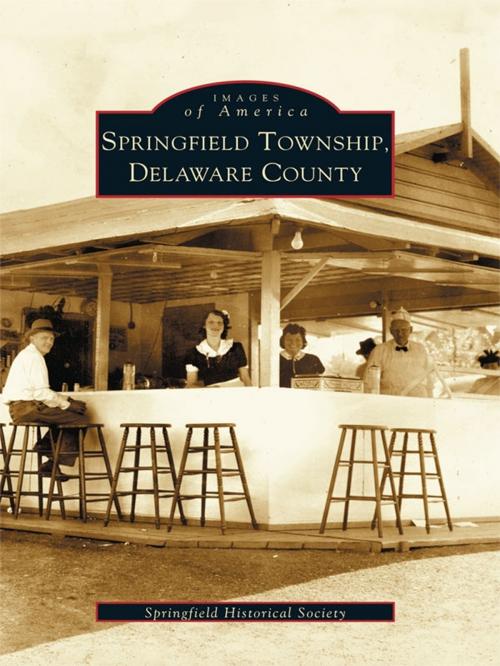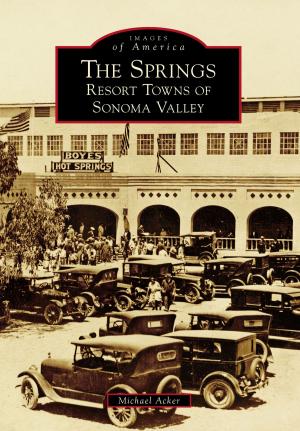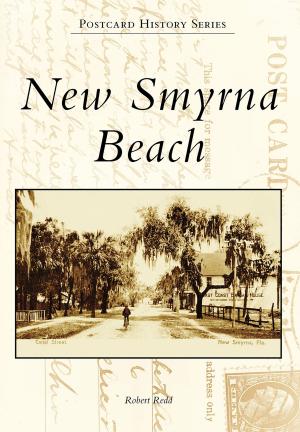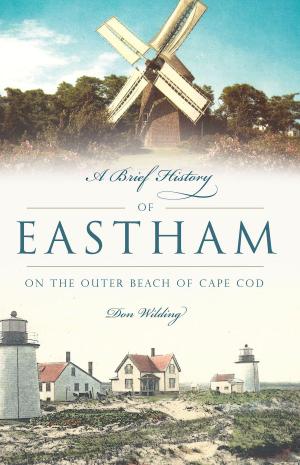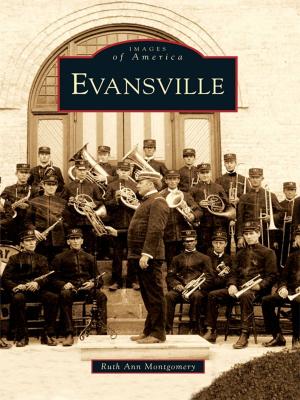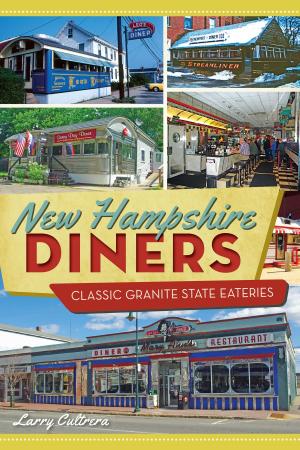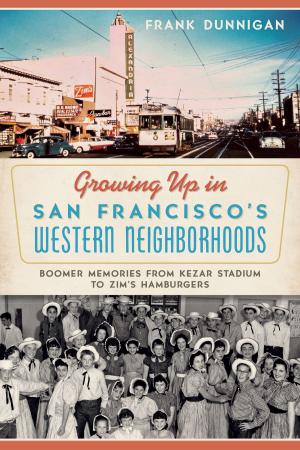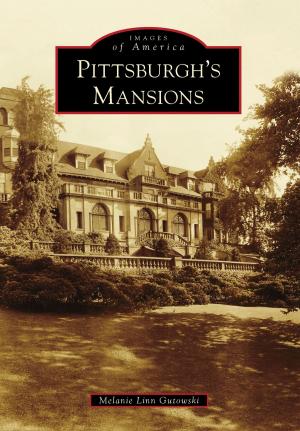Springfield Township, Delaware County
Nonfiction, Travel, Pictorials, Art & Architecture, Photography, History| Author: | Springfield Historical Society | ISBN: | 9781439629017 |
| Publisher: | Arcadia Publishing Inc. | Publication: | June 23, 2004 |
| Imprint: | Arcadia Publishing | Language: | English |
| Author: | Springfield Historical Society |
| ISBN: | 9781439629017 |
| Publisher: | Arcadia Publishing Inc. |
| Publication: | June 23, 2004 |
| Imprint: | Arcadia Publishing |
| Language: | English |
Carved out of the wilderness in the 1680s, Springfield Township was formed as Quaker families seeking religious freedom settled the area. In a region roughly bounded by Darby Creek to the east and Crum Creek to the west, the early settlers shared forests with the native Lenni Lenape tribe. Just nine miles west of the port of Philadelphia, Springfield harnessed tumbling creeks with mills during the industrial revolution and provided the growing commonwealth with edge tools from Beatty Ax Works and fabric from Victoria Plush Mill. Builders used abundant stone quarries to construct grand homes, including that of the Pennsylvania Railroad's first chief engineer, J. Edgar Thomson, who laid out the famous Horseshoe Curve and Main Line to Pittsburgh. The construction of the Media Shortline Trolley helped Springfield grow, as did the Saxon Avenue Shops and unique developments such as Windsor Circle and Rolling Road. Springfield Township documents the area's transformation into a modern town rich with amenities and community organizations.
Carved out of the wilderness in the 1680s, Springfield Township was formed as Quaker families seeking religious freedom settled the area. In a region roughly bounded by Darby Creek to the east and Crum Creek to the west, the early settlers shared forests with the native Lenni Lenape tribe. Just nine miles west of the port of Philadelphia, Springfield harnessed tumbling creeks with mills during the industrial revolution and provided the growing commonwealth with edge tools from Beatty Ax Works and fabric from Victoria Plush Mill. Builders used abundant stone quarries to construct grand homes, including that of the Pennsylvania Railroad's first chief engineer, J. Edgar Thomson, who laid out the famous Horseshoe Curve and Main Line to Pittsburgh. The construction of the Media Shortline Trolley helped Springfield grow, as did the Saxon Avenue Shops and unique developments such as Windsor Circle and Rolling Road. Springfield Township documents the area's transformation into a modern town rich with amenities and community organizations.
